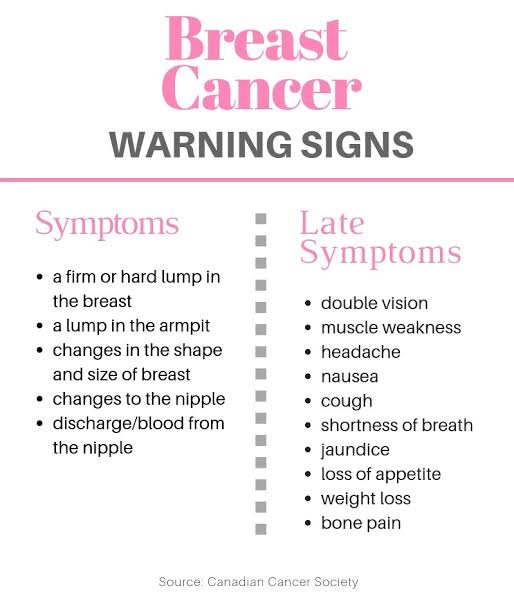
Early detection of breast tumors
Breast tumors are considered one of the most common tumors in women, and one of the most important causes of death among them, and therefore it is necessary to work to discover them early and thus reduce their danger.
Symptoms and signs of breast tumors :
– The appearance of a tumor or mass in the breast.
– A change in the shape or color of the breast skin.
– Change in breast size or shape.
– A change in the shape of the nipple or its retraction inward.
– Spontaneous discharge from the nipple, especially if it is mixed with blood.
Several methods can be used to detect breast tumors, including:
– Breast self-examination.
– Clinical examination by a doctor.
– X-ray examination.
– Ultrasound examination.
– Microscopic examination
Breast self-examination
The examination takes several steps:
– Stand in the bathroom in front of the woman, raise your arms up, look for any change in the color or nature of the skin around the breasts, and observe the shape and size of the breasts.
– Stand under the water spray in the bathroom, put a little soap on the palm of the hand, and feel the left breast with the right hand and the right breast with the left hand in succession, using the fingertips, while trying to examine what is under the armpits.
– Lie on your back after the bath, put a pillow under your shoulders, raise one arm above your head and use the other arm to examine the breasts.
* Tumors can be detected early when all of these methods are used.
* Most of the tumors that are discovered are benign and do not cause concern.
* The examination must be performed immediately after the end of the menstrual cycle.
* It is preferable to conduct the examination monthly.
Clinical examination of the breasts:
It is recommended to go to a medical clinic to examine the breasts after the age of forty, and you can discuss with the doctor any symptom or change observed during the monthly self-examination. A clinical examination is performed once every three years for women aged 20-39 years, then annually until the age of fifty.
X-ray examination:
X-ray examination is the best way to detect breast tumors early, and can distinguish malignant tumors from benign ones. This examination is very sensitive and can detect the tumor at the beginning of its occurrence.
The amount of radiation used to conduct the examination is very small and does not pose a significant risk to public health and does not increase the risk of breast cancer. The examination is done by placing the breast between two solid plates, applying slight pressure, and then x-rays are taken. It is suggested that the first examination be performed at the age of forty, and then every three years thereafter. Ultrasound examination :
Ultrasound can be used for early detection of breast tumors, although X-ray examination is more accurate and better. Ultrasound is used to distinguish cystic tumors from other tumors
Microscopic examination:
When a breast tumor is discovered, a small sample of this tumor must be taken to examine it under a microscope and determine the type of tumor. The sample is taken with a needle, or during the removal of the tumor. Most of the tumors that affect are benign, painless, smooth spherical tumors that affect women in their prime and are called fibroadenosis. After forty, the woman feels pain, especially before her menstrual period. The tumor is cystic and increases in size before the start of the period and becomes smaller afterward






